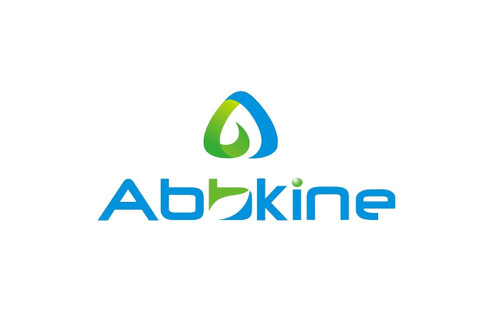Product Description
Mouse Opiorphin (OPI) ELISA Kit | AE62822MO | Abebio
Species Reactivity: Mouse (Mus musculus)
Abbreviation: OPI
Alternative Name: N/A
Application: ELISA
Range: Request Information
Sensitivity: Request Information
Intra-Assay: ≤3.5%
Inter-Assay: ≤6.6%
Recovery: 0, 81
Sample Type: Serum, Plasma, Other biological fluids
Detection Method: Sandwich
Analysis Method : Quantitive
Test Principale: This assay employs a two-site sandwich ELISA to quantitate OPI in samples. An antibody specific for OPI has been pre-coated onto a microplate. Standards and samples are pipetted into the wells and anyOPI present is bound by the immobilized antibody. After removing any unbound substances, a biotin-conjugated antibody specific for OPI is added to the wells. After washing, Streptavidin conjugated Horseradish Peroxidase (HRP) is added to the wells. Following a wash to remove any unbound avidin-enzyme reagent, a substrate solution is added to the wells and color develops in proportion to the amount of OPI bound in the initial step. The color development is stopped and the intensity of the color is measured.
Product Overview: Opiorphin is an endogenous chemical compound first isolated from human saliva. Initial research with mice shows the compound has a painkilling effect greater than that of morphine. It works by stopping the normal breakdown of natural pain-killing opioids in the spine, called enkephalins. It is a relatively simple molecule consisting of a five-amino acid polypeptide, Gln-Arg-Phe-Ser-Arg. Opiorphin pentapetide originates from the N-terminal region of the protein PROL1 (proline rich, lacrimal 1) . Opiorphin, inhibits 2 enkephalin-catabolizing enzymes, neutral ecto-endopeptidase (MME) and ecto-aminopeptidase N (ANPEP) . Human Opiorphin, a natural antinociceptive modulator of opioid-dependent pathways.Opiorphin, found in human saliva, is an enkephalinase inhibitor, i.e. it prevents the metabolism of enkephalins.
Stability: The stability of ELISA kit is determined by the loss rate of activity. The loss rate of this kit is less than 5% within the expiration date under appropriate storage condition. The loss rate was determined by accelerated thermal degradation test. Keep the kit at 37°C for 4 and 7 days, and compare O.D.values of the kit kept at 37°C with that of at recommended temperature. (referring from China Biological Products Standard, which was calculated by the Arrhenius equation. For ELISA kit, 4 days storage at 37°C can be considered as 6 months at 2 - 8°C, which means 7 days at 37°C equaling 12 months at 2 - 8°C) .
 Euro
Euro
 USD
USD
 British Pound
British Pound
 NULL
NULL








